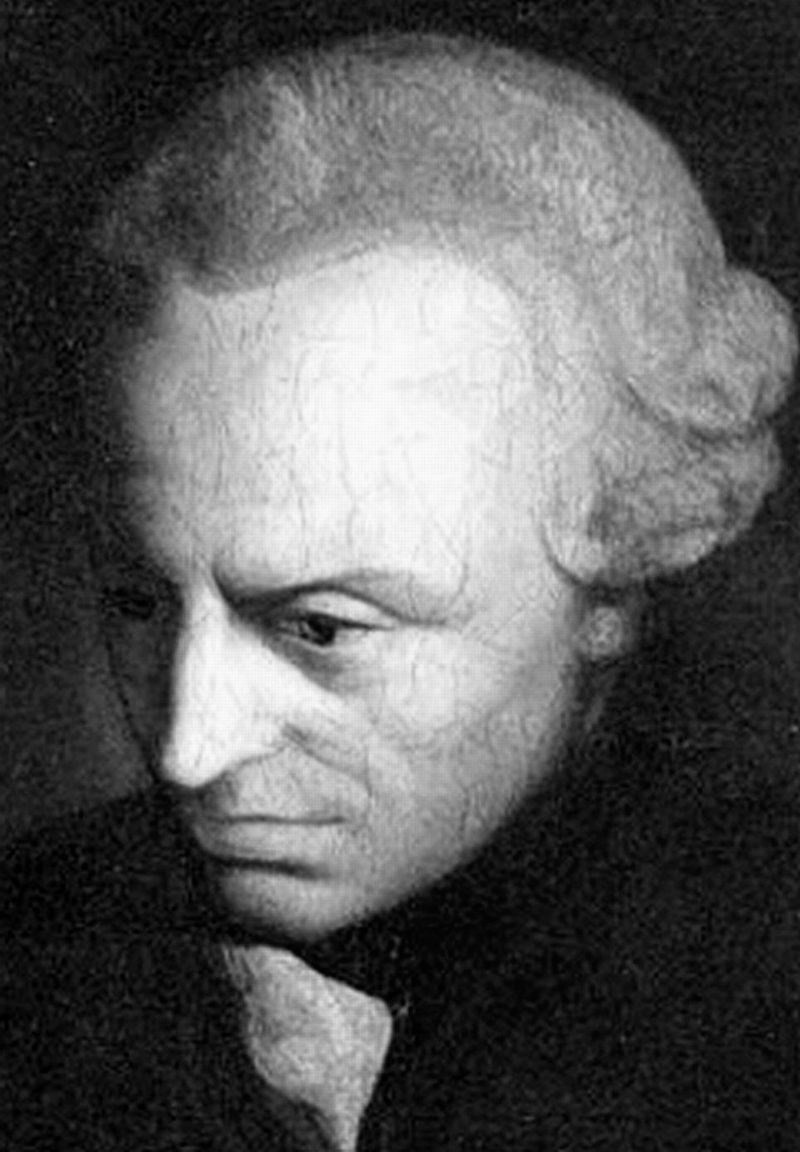
Publication details
Publisher: Springer
Place: Berlin
Year: 2007
Pages: 139-150
Series: Continental Philosophy Review
Full citation:
, "Kant's hands, spatial orientation, and the Copernican turn", Continental Philosophy Review 40 (2), 2007, pp. 139-150.


Kant's hands, spatial orientation, and the Copernican turn
pp. 139-150
in: Continental Philosophy Review 40 (2), 2007.Abstract
In this paper we want to show how far the early, pre-critical Kant develops a theory of the constitution of space that not only anticipates insights usually attributed to the phenomenological theory of lived space with its emphasis on the constitutively central role of the human lived-body, but which also establishes the foundation for Kant's Copernican turn according to which space is understood as "form of intuition', implied in the activity of the transcendental subject. The key to understand this role of the body lies in Kant's understanding of the asymmetrical nature of a pair of hands, which despite being equal in size and structure, remain incongruent counterparts, and thus evade integration into a homogenous and purely self-referential form of space.
Cited authors
Publication details
Publisher: Springer
Place: Berlin
Year: 2007
Pages: 139-150
Series: Continental Philosophy Review
Full citation:
, "Kant's hands, spatial orientation, and the Copernican turn", Continental Philosophy Review 40 (2), 2007, pp. 139-150.

